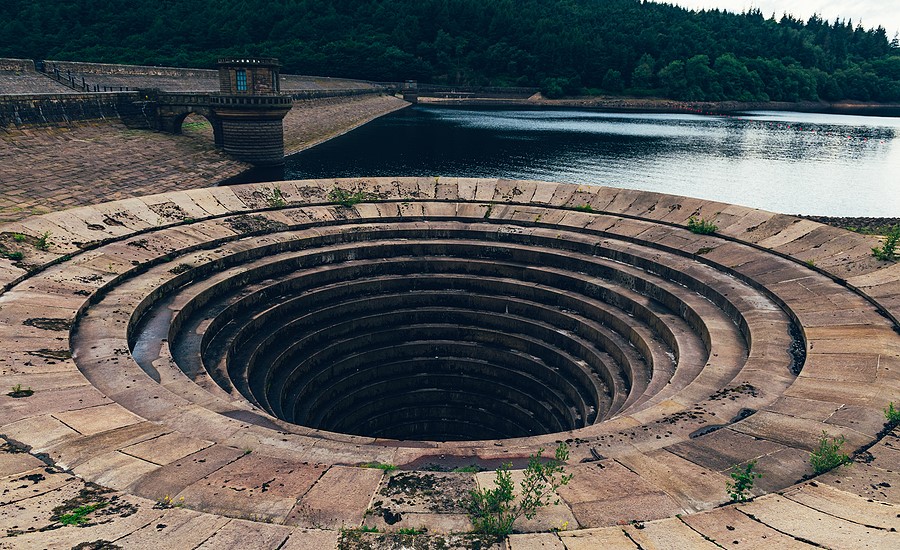News
Environment Agency Completes Reservoir Flood Map Upgrades
New upgrades to reservoir flood maps around England have now been completed by the Environment Agency, part of a £3 million project that will give a more accurate picture of the flood risks if a reservoir does fail.
The maps themselves show the maximum flood extent in the case of dry-day, where flooding would take place with rivers at normal levels, and in the case of wet-day, where reservoir flooding occurs alongside wider river flooding.
The idea is that the new maps will also help those involved with large raised reservoirs prepare onsite flood plans, which are now required in order to assure public safety. Reservoir undertakers can also use the maps to prepare for potential reservoir failure emergencies.
The maps can be viewed on the Defra Data Services Platform, as well as the Check Your Long Term Flood Risk page, making use of the most up-to-date ground level information, new modelling techniques and the latest knowledge in how quickly water would flow in the event of a reservoir failure.
They’re mainly meant to be used by civil contingency responders such as local authorities, emergency services and the Environment Agency, helping them to devise effective plans for warning and evacuation.
John Russon, flood and coastal risk management director at the Environment Agency, said: “We have an excellent safety record for reservoirs in England. These new maps mean we can more accurately predict what would happen in the unlikely event of a reservoir failing.
“This enables us to work better with partner organisations to warn and inform people if we think there is a risk of a reservoir breaching.”
United Utilities Ian Scholefield made further comments, saying that the work will help reservoir owners and panel engineers identify risk areas and recommend and bring in measures to reduce the probability of failures to protect downstream communities.
He went on to add: “This will also allow emergency responders, reservoir owners and Panel Engineers develop on and off site plans to help all parties prepare to manage the impacts during those very rare incidents that may pose a risk to loss of life and or significant property or environmental damage.”
The maps were first made public in 2010, showing how far flood water could spread from reservoirs in a worst case scenario so that plans could be put in place to protect people.
The good news is that the likelihood of reservoir flooding is much lower than other forms of flooding and reservoir regulation aims to make sure that all reservoirs are properly maintained and monitored so that any problems can be detected and repaired in a timely fashion.
Businesses and homes alike can sign up for flood warnings if worried about the risks they face. The service is free and all that needs to be provided is the address required for flood warnings, an email address and a means of contact, whether that’s phone calls, text or email.
Are you interested in surface water surveys? Get in touch with us here at H2o Building Services today.
